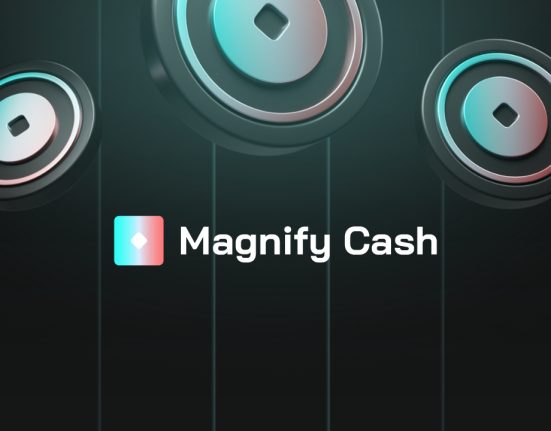In a fascinating turn of events, an anonymous trader operating a cryptocurrency arbitrage bot recently made headlines by executing a flash loan transaction worth $200 million with the stablecoin $DAI. Despite the impressive transaction volume, the profit yielded a modest $3.24, considering the associated fees. This article delves into the details of this intriguing event, shedding light on the mechanics of flash loans, the bot’s strategies, and its impact on the Ethereum blockchain.
Flash Loans and MakerDAO’s ‘DssFlash’ Contract:
Flash loans are a unique feature in cryptocurrency, as they enable borrowing and repayment within a single transaction without collateral. In this case, the arbitrage bot capitalized on MakerDAO’s ‘DssFlash’ contract, allowing it to borrow 200 million DAI tokens without incurring fees.
The Bot’s Profit-Making Journey:
Once armed with the borrowed DAI tokens, the bot quickly redirected them to the Aave DAI market. It then borrowed $2,300 worth of wrapped ether (WETH), a cryptocurrency tied to the value of Ethereum. The next step involved utilizing the WETH to purchase Threshold Network (T) tokens on the Curve platform. Finally, the acquired T tokens were promptly sold on Balancer, another decentralized finance protocol, all within a single block of transactions.
Profit Calculation and Transaction Fees:
The whirlwind of activity generated a total profit of $33. However, the numerous transaction and protocol fees consumed nearly $30, resulting in a net gain of only $3.24. Although seemingly meager, it is worth noting that these transactions occurred within a remarkably short period, showcasing the speed and efficiency of the bot’s operations.
The Rise of MEV Bots and Jaredfromsubway.eth:
The Ethereum blockchain has seen a surge in the profitability of bots, with one particularly mysterious entity catching the attention of the cryptocurrency community. Operating under the name Jaredfromsubway. eth, this Maximal Extractable Value (MEV) bot has not only generated millions of dollars. Still, it has also accounted for a significant portion of the network’s gas fees.
Understanding MEV Bots and Their Strategies:
MEV bots, such as Jaredfromsubway. eth, exploit the concept of Maximal Extractable Value, which involves influencing the content or order of blocks on the Ethereum network to extract the maximum possible value. These bots use various strategies, including decentralized exchange arbitrage opportunities and sandwich attacks. Sandwich attacks involve executing transactions around those of other users to manipulate asset prices and capitalize on price differences.
Jaredfromsubway.eth’s Impact and Activities:
EigenPhi’s data indicates that Jaredfromsubway. eth was present in over 60% of all Ethereum blocks during the week starting from April 17. While employing simple arbitrage strategies and sandwich attacks, the bot focused primarily on buying and selling tokens to maximize gains.
The recent flash loan executed by an anonymous trader’s cryptocurrency arbitrage bot showcases such transactions’ intricacies and potential profitability. Although the resulting profit was modest, the ability to navigate the complex web of decentralized finance protocols within a single block demonstrates the efficiency and sophistication of these automated systems. Additionally, the rise of MEV bots like Jaredfromsubway.eth highlights the evolving landscape of blockchain ecosystems and the innovative strategies employed to extract maximum value.














